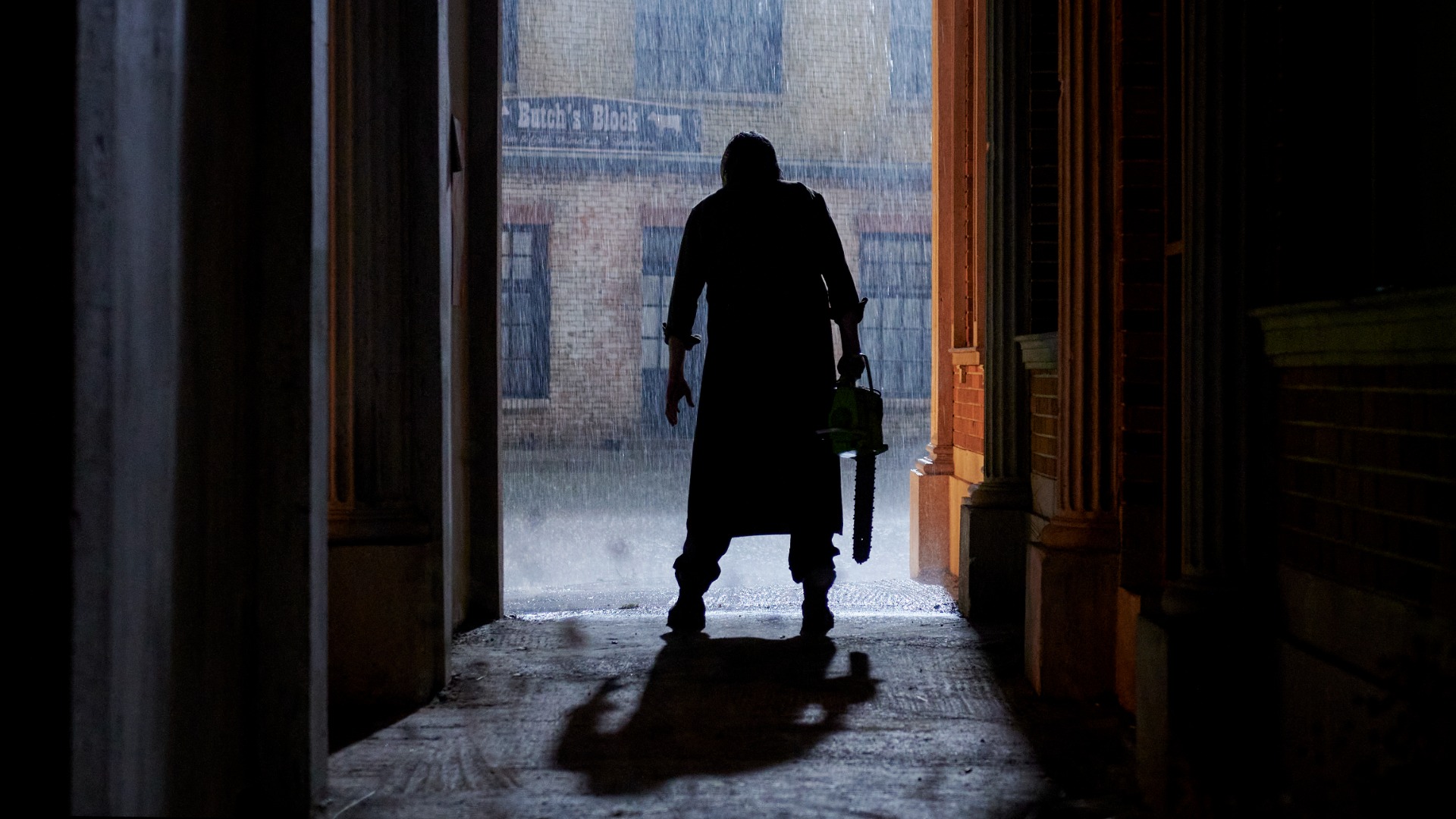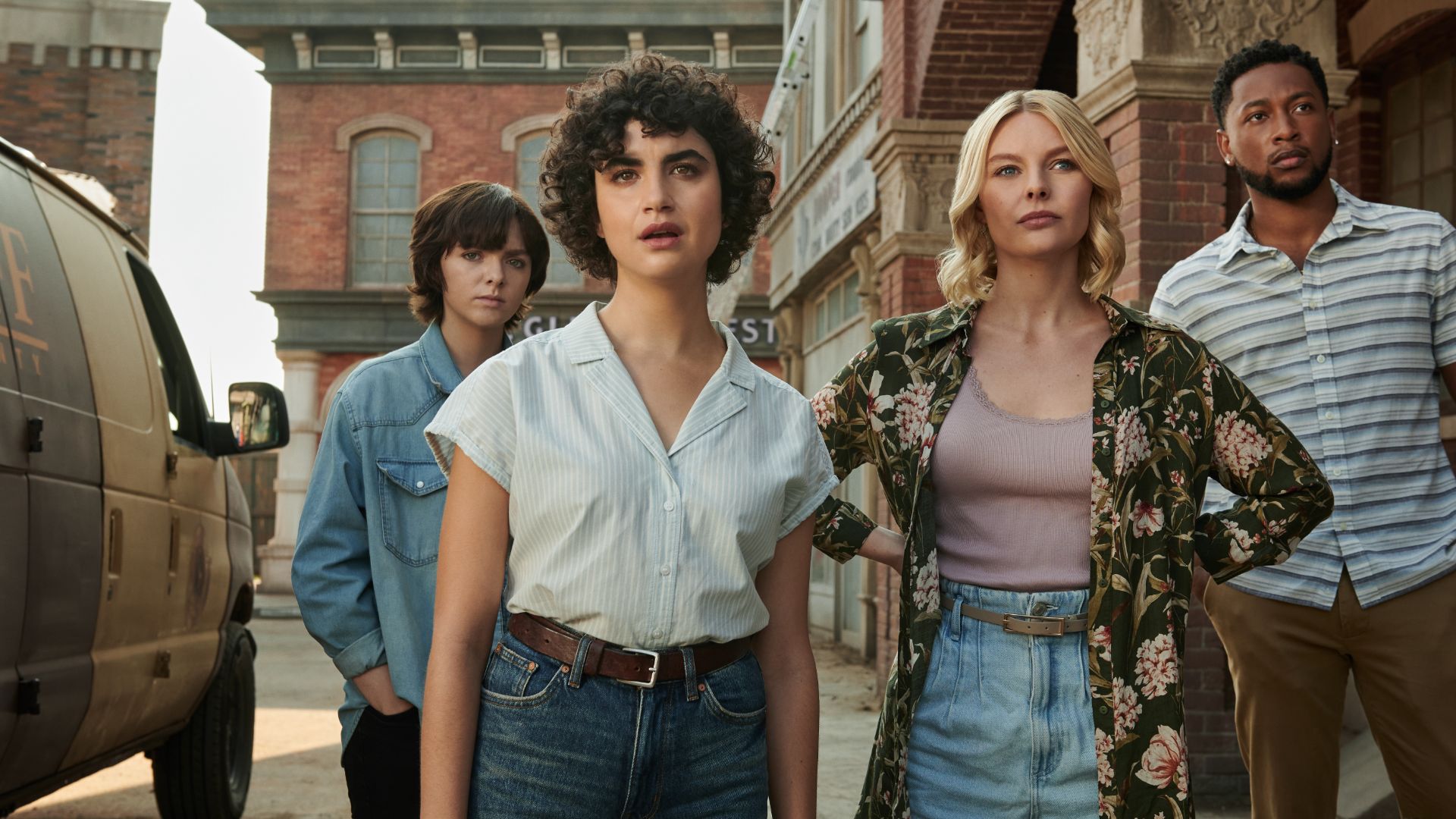Netflix's new Texas Chainsaw Massacre sequel misses the point of the original movie
The new film fails to honor the original Texas Chainsaw Massacre's legacy

Warning: major spoilers for Netflix’s new Texas Chainsaw Massacre sequel ahead. Turn back now if you want to go unspoiled...
Tobe Hooper’s The Texas Chainsaw Massacre is one of the most influential slashers to ever grace the screen. The 1974 classic established some of the most commonly used tropes in horror, and introduced audiences to the first-ever mainstream final girl – AKA when the female character makes it to the final scene. Now, the newly released Netflix requel – that’s reboot sequel – attempts to use the same conventions, but ultimately disrespects the original’s legacy and throws away a character whose existence was vital, not just to the film, but to the whole slasher genre.
Like the recent requels Halloween, Scream, and Candyman, the latest addition to the horror franchise is simply titled Texas Chainsaw Massacre. It centres on a new cast of kids on the same Texas road trip taken by Sally Hardesty and her friends some 50 years prior. These teens, however, travel to a largely abandoned area with the purpose of auctioning off the land in order to create a new town that’s trendy and gentrified. While inspecting a dilapidated building, would-be final girl Lila (Elsie Fisher) and her friends Melody (Sarah Yarkin), Ruth (Nell Hudson), and Dante (Jacob Latimore) give an old woman named Ginny (Alice Krige) a heart attack. The woman dies on the way to the hospital and her son, who accompanied her in the ambulance, decides to cut off her face and wear it as a mask. The son is revealed to be Leatherface (Mark Burnham), who was hiding in plain sight for the last 50 years.
Right off the bat, the movie wants us to believe that Leatherface murdered a bunch of teenagers in 1974 and went on to live life as a pretty normal guy. The introduction of his mother, depicted as an easily frightened old lady, dismisses an integral part of the first film: Sally is tormented not only by Leatherface, but by his equally cannibalistic brothers Drayton and Nubbins and their nearly dead Grandpa. Leatherface himself acts as the matriarch of the family, serving dinner to a tied-up Sally while donning an apron and wearing a new mask that has lipstick, blush, and eyeshadow. This implies that Leatherface had already killed his mother, perhaps in an attempt to become her. The new film makes no reference to this and decided to overlook it completely in favor of a lazy way for Leatherface to make his “return.”
That sets a bad precedent for the way the new movie handles the original. More frustrating – and devastating – is the Netflix sequel’s treatment of the returning Sally (now played by Olwen Fourere, replacing the late Marilyn Burns). Sally isn’t just any old final girl, she’s the final girl. She was the first one of her kind and without her, horror heroines like Sidney Prescott and Nancy Thompson wouldn’t exist. The decision to add an older, white-haired Sally Hardesty seems largely inspired by the older, white-haired Laurie Strode who comes back to fight Michael Myers in the new Halloween. Laurie, the final girl in John Carpenter’s 1978 Halloween, returned for the 2018 requel as a gun-toting badass ready to finally seek her revenge against the silent killer who’s haunted her all these years. The 2022 Texas Chainsaw Massacre treats Sally like a relic of the past, a way of letting the audience know that the writers did, in fact, watch the original. Towards the end of the film, Sally confronts Leatherface and demands that he answer for torturing her and killing her friends decades prior. Leatherface, being the nonverbal killer that he is, responds to her by walking away. Then the film does the unthinkable: Sally dies…at the hands of Leatherface.

Every horror fanatic is familiar with the final shot of a blood-soaked Sally, laughing maniacally as she drives away from Leatherface in the original movie. It’s a defining moment for the final girl trope – it illustrates the relief, catharsis, and shock that comes along with survival. The Netflix sequel kills off history’s first final girl, and literally throws her body on top of a pile of trash. Even lazier than Sally’s death are her last words, in which she tells Lila, “Don’t run. If you run, he’ll never stop haunting you.” Her dying wish is for Lila to kill Leatherface once and for all. Well, she doesn’t. Lila, along with her best friend Melody, manage to put a few bullets into Leatherface, but just as they are leaving in a self-driving car, Leatherface re-emerges and grabs Melody. He then saws off her head and dances in the middle of the street – chainsaw in one hand, severed head in the other. Lila watches in horror as she’s driven away.
The final scene (minus post-credits) is clearly meant to pay homage to the original and iconic Texas Chainsaw Massacre ending, but it completely misses the point. The 1974 movie ends with Leatherface dancing in the street, not because he won – but because he lost. Sally speeds away to freedom and the bad guy in the mask made of human skin does an angry dance. It worked as a perfectly bizarre ending to an overall bizarre film, yet the Netflix sequel does nothing to earn this. It has a flagrant disregard for things set up in the original film and does not have those wildly offbeat moments that Tobe Hooper knew would make audiences squirm. Instead, it’s a formulaic film about a group of kids who get chased by a killer. Take Leatherface out of the equation and you could easily mistake it for any other horror. The Texas Chainsaw Massacre was the first of its kind and any sequels or reimaginings of the original story should go above and beyond to honor that. Or, at the very least, they can rewatch the original and take notes.
Sign up for the Total Film Newsletter
Bringing all the latest movie news, features, and reviews to your inbox
Need something to cleanse that bloody pallet? Then check out the best Netflix horror movies available to stream right now.

Lauren Milici is a Senior Entertainment Writer for GamesRadar+ currently based in the Midwest. She previously reported on breaking news for The Independent's Indy100 and created TV and film listicles for Ranker. Her work has been published in Fandom, Nerdist, Paste Magazine, Vulture, PopSugar, Fangoria, and more.


